Kingston HyperX Predator 8GB 2666MHz DDR3 Memory Kit Review
Sandra, H264 HD and 3DMark11 Benchmarks
DDR3 Memory Speed Performance
On this page you’ll see results of HyperX Predator 8GB (2x4GB) dual channel memory kit at 1600MHz with CL9 timings and then at 2400MHz & 2666MHz with the XMP profile settings.
SiSoftware Sandra 2012 SP5a:
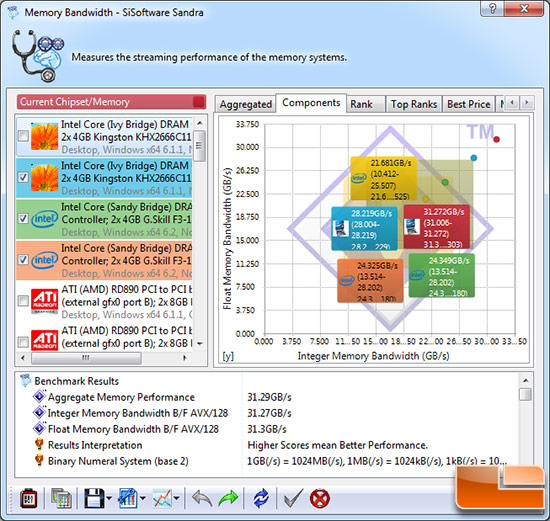
The Sisoft Sandra 2012 SP5a benchmark utility just came out and we have started to include it in our benchmarking.

Results: Sandra
2012 is the best tool to see how memory clock speeds and timings directly impact the memory bandwidth available. In our testing we started out with the popular 1600MHz CL9 settings and discovered 21.2 GB/s of memory bandwidth. At 2400MHz we saw the score improve to 28.2 GB/s and then at 2666MHz we were able to get 31.3 GB/s. This is over a 10 GB/s improvement improvement, which is huge! The question is how many applications and benchmarks need more than 21 GB/s of memory bandwidth to utilize the extra throughput capabilities.
x264 HD Encoding Benchmark v5.0.1 64-Bit
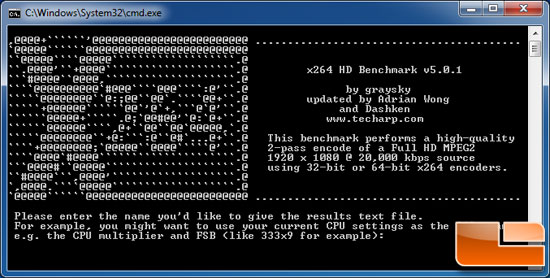
Simply put, the x264 HD Benchmark is a reproducible measure of how
fast your machine can encode a short HD-quality video clip into a high
quality x264 video
file. It’s nice because everyone running it will use the same video clip
and software. The video encoder (x264.exe) reports a fairly accurate
internal benchmark (in frames per second) for each pass of the video
encode and it also uses multi-core processors very efficiently. All
these factors make this an ideal benchmark to compare different
processors and systems to each other. We are using x264 HD v5.0.1 for this test.
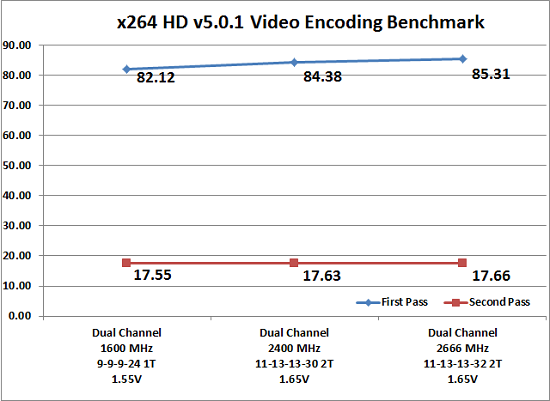
Results: The
memory clock speed plays a small roll in performance here on the x264 HD benchmark. You see the most significant performance gains on the first pass as the memory clock speed increases. We saw a 3.8% performance increase on the first pass and a 0.6% improvement on the second pass. Not major gains, but they still are measurable!
3DMark 11
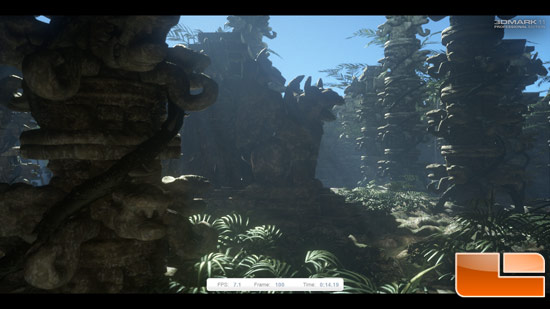
3DMark 11 is the latest version of the worlds most popular benchmark for measuring the 3D graphics performance of gaming PCs. 3DMark 11 uses a native DirectX 11 engine designed to make extensive use of all the new features in DirectX 11, including tessellation, compute shaders and multi-threading.
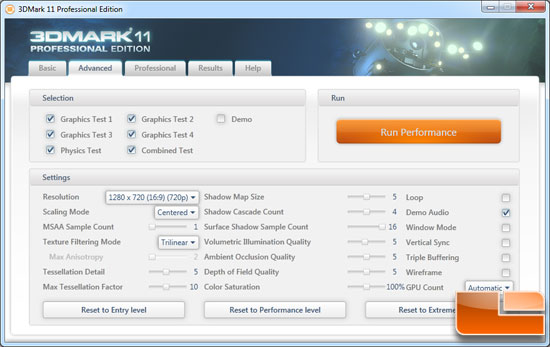
We ran Futuremark 3DMark11 with the default performance presets on the EVGA GeForce GTX 680 Superclocked video card to see how our hardware will run.
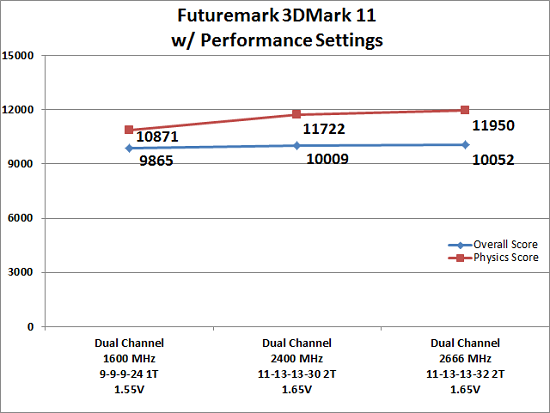
Results: The
overall 3DMark score ranged from 9865 to 10052 3DMarks, so we bumped up our overall score by 187 points. The Physics test showed some decent performance increases though as it takes advantage of the additional memory bandwidth.

Comments are closed.